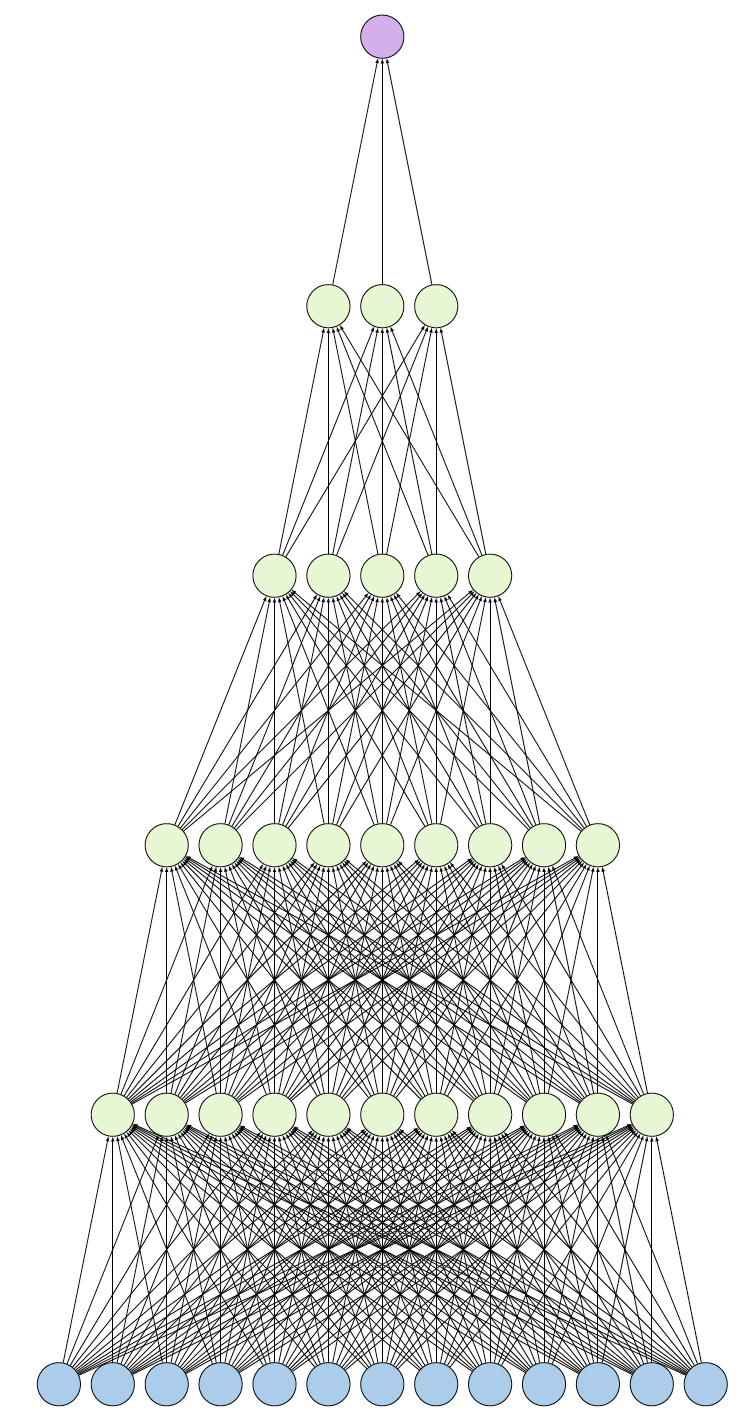
Deep learning has revolutionized how complex processes are modeled in fields including computer vision, natural language processing, computational biology, weather forecasting, and game playing. Despite these impressive breakthroughs, deep learning is rarely used to model complex behavioral processes in the social sciences.
This two-day workshop will provide a broad, practical introduction to deep learning concepts and methods, with a particular focus on the benefits and drawbacks of applying these methods to analyze behavioral data. During the first day, you will learn how to build, fit, and evaluate deep learning models for predicting behavioral outcomes. We will start the day by introducing fundamental deep learning concepts in the familiar context of logistic regression. We will finish the day with a hands-on overview of foundational deep learning models for analyzing both cross-sectional and longitudinal data.
During the second day, you will learn about how traditional latent variable models used in the social sciences can be enhanced using deep learning. We will begin by investigating how deep learning software and optimization methods provide a flexible framework for estimating structural equation models. We will conclude by exploring how to estimate highly flexible extensions of traditional structural equation and item response theory models in a computationally efficient manner using deep learning-based approximate inference methods.
Christopher J. Urban, M.A. Ph.D. Candidate in Quantitative Psychology, Univeristy of North Carolina at Chapel Hill Homepage: https://cjurban.github.io/ E-mail:
We will primarily use Python 3 and some R. If you don't have Python 3, you can install it a number of ways. Options include
We will use two deep learning frameworks: PyTorch and Tensorflow (via the Keras interface). PyTorch will be used entirely in Python and can be installed from pytorch.org. Tensorflow will be used in both Python and R. It can be installed
On the second day, we will use the Python packages tensorsem and DeepIRTools. Once you have Python 3, these packages can be installed via pip install https://github.com/vankesteren/tensorsem/archive/master.zip and pip install deepirtools, respectively.
| # | Date | Topic | Learning Outcomes | Materials | Supplemental Resources |
| 1 | 10/6 | Introduction and Foundational Deep Learning Concepts |
You will learn:
|
Lecture Python Coding Example R Coding Example |
Deep Learning Overviews
|
| 2 | 10/6 | Foundational Deep Learning Models |
You will learn:
|
See above |
Recurrent Neural Networks
|
| 3 | 10/7 | Connections to Psychometrics |
You will learn:
|
Lecture Python Coding Example Other Coding Examples |
Deep Learning and Structural Equation Modeling
|